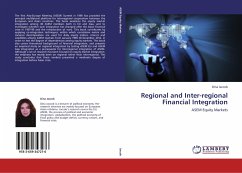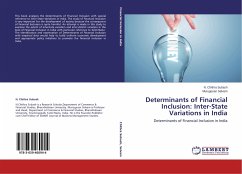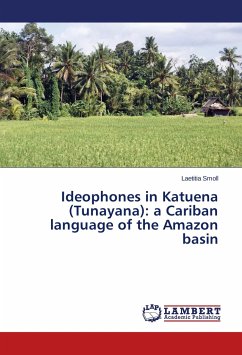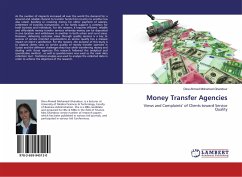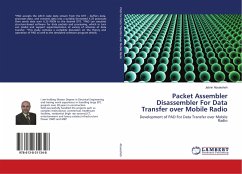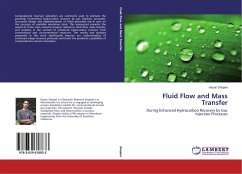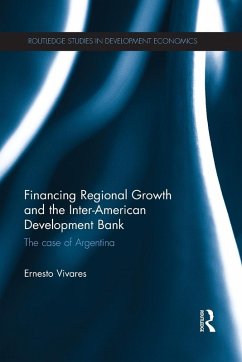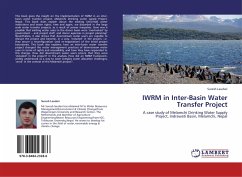
IWRM in Inter-Basin Water Transfer Project
A case study of Melamchi Drinking Water Supply Project, Indrawati Basin, Melamchi, Nepal
Versandkostenfrei!
Versandfertig in 6-10 Tagen
32,99 €
inkl. MwSt.

PAYBACK Punkte
16 °P sammeln!
This book gives the insight on the implementation of IWRM in an inter-basin water transfer project, Melamchi Drinking water supply Project, Nepal. This book does explain about the existing (informal) water institutions and water rights, time and again, are discarded in the large scale water transfer projects, as a result of power inequities. How was it possible that existing water users in the donor basin were overlooked by government and project staff, and donor agencies in project planning? Nevertheless, it also shows that downstream water users are capable to disrupt the project and become,...
This book gives the insight on the implementation of IWRM in an inter-basin water transfer project, Melamchi Drinking water supply Project, Nepal. This book does explain about the existing (informal) water institutions and water rights, time and again, are discarded in the large scale water transfer projects, as a result of power inequities. How was it possible that existing water users in the donor basin were overlooked by government and project staff, and donor agencies in project planning? Nevertheless, it also shows that downstream water users are capable to disrupt the project and become, in a way, included in the project, i.e. they secure a reconfiguration (and re-negotiation) of the initial project boundaries. This book also explains; how an inter-basin water transfer project changed the water management practices of downstream water users in terms of rights and accessibility, and how they have responded to this change. How did downstream water users ensure that they were included in the project? In the analysis, How did an IWRM framework, widely understood as a way to solve complex water allocation challenges, work in the context of the Melamchi project?.



